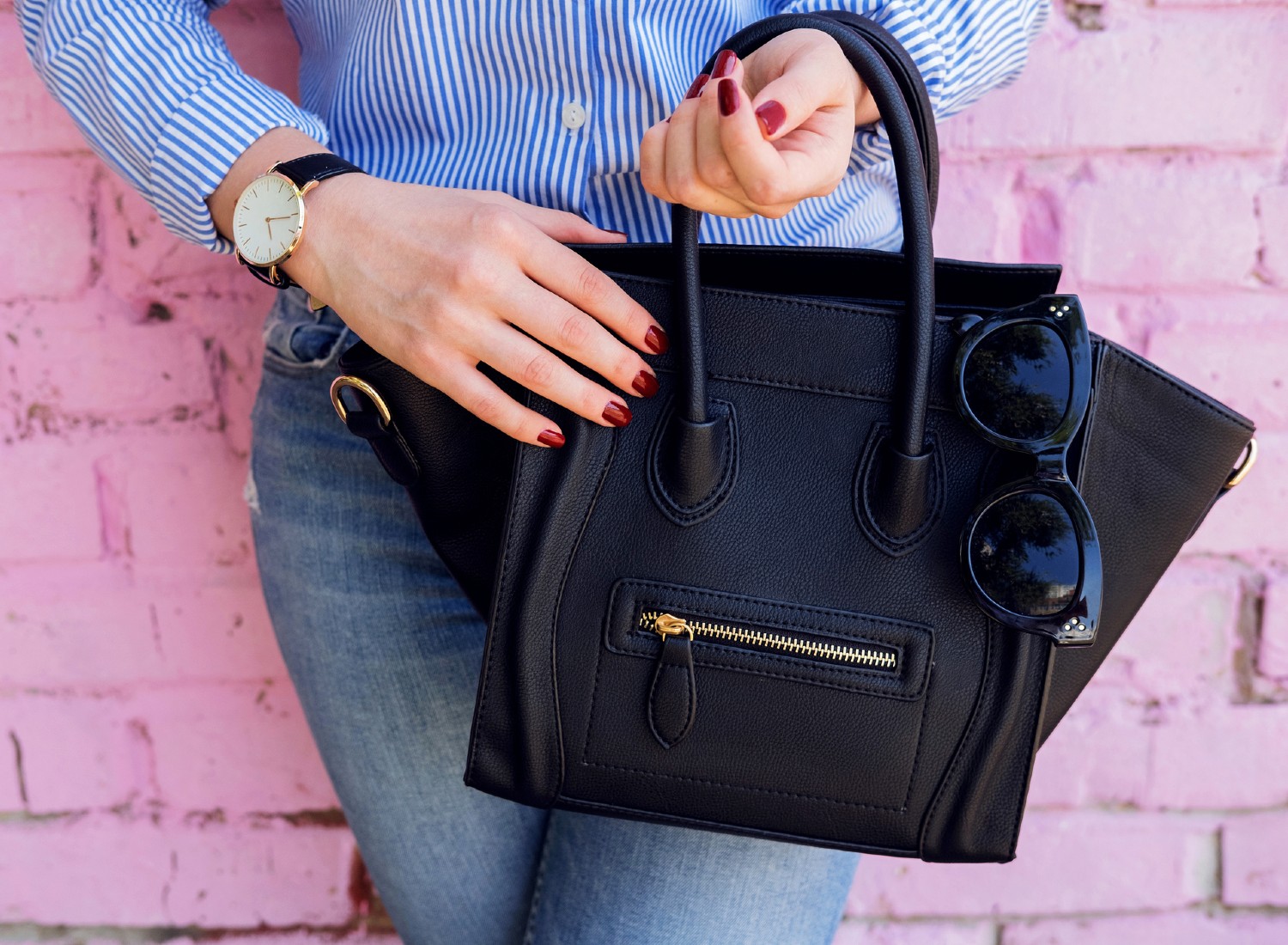PU Leather vs. Faux Leather: How to Tell the Difference

In fashion and interior design, the allure of leather remains timeless. However, the landscape has evolved, giving rise to terms like “PU leather” and “faux leather,” sparking a perplexing conundrum for consumers. Distinguishing between these synthetic counterparts and genuine leather is pivotal in making informed choices.
This blog aims to unravel the mystery, focusing on PU leather and faux leather elucidating the subtleties that set them apart. As we embark on this exploration, you’ll gain insights into these materials’ composition, texture, and scent, empowering you to decipher the nuanced language of leather alternatives and ensuring your next purchase aligns seamlessly with your preferences and values.
Understanding PU Leather
PU, or polyurethane, leather is a type of synthetic leather made by coating a layer of polyurethane on a base material, usually fabric or split leather. This process gives PU leather its distinctive appearance and texture, mimicking the look of genuine leather. One of the advantages of PU leather is its affordability, making it a popular choice for budget-conscious consumers.
How to Identify Pu Leather
Genuine leather has a natural grain pattern, which is the result of the animal’s skin. PU leather, being synthetic, often lacks this natural grain. Instead, it may have an artificially embossed grain pattern to replicate the real thing. Inspecting the surface closely can help you identify any repeating patterns, indicating the material is likely PU leather.
PU leather tends to have a more consistent appearance than genuine leather. Genuine leather can have variations in texture and color due to the natural processes it undergoes during production. If the material looks too uniform and lacks these natural imperfections, it’s likely PU leather.
Genuine leather has a distinct, earthy smell, while PU leather often lacks this characteristic aroma. If you’re unsure, take a whiff—real leather’s scent is unmistakable.
Understanding Faux Leather
“Faux leather” is a broader term encompassing various synthetic materials designed to imitate the look and feel of genuine leather. While PU leather is a type of faux leather, not all faux leather is PU. Other materials used in faux leather include PVC (polyvinyl chloride) and fabric blends.
How to Identify Faux Leather
Faux leather is typically made by bonding a plastic coating to a fabric base. Examining the backing can give you clues about the material’s authenticity. If you see a fabric-like backing, it’s likely faux leather. Genuine leather, on the other hand, has a natural suede or raw leather backing.
Faux leather may lack the authentic feel of genuine leather. It can feel excessively smooth, plastic-like, or even unnaturally grainy. Genuine leather, in contrast, has a more supple and organic texture.
Genuine leather tends to be more flexible and pliable than most faux leather materials. If the material feels stiff or rigid, it will likely be faux leather.
Making an Informed Choice
When shopping for leather-like products, whether a jacket, sofa, or accessories like a leather purse, distinguishing between PU leather and faux leather can influence your purchasing decision. Consider your budget, preferences, and intended use for the item.
If authenticity is a priority and you’re willing to invest, genuine leather may be the way to go. However, if you’re looking for a more budget-friendly option that still provides a leather-like appearance, PU leather or other faux leather alternatives might be better.
Conclusion
Understanding the distinctions between PU leather and faux leather is crucial in the world of leather and leather-like materials. Armed with the knowledge of how to identify these materials, you can make an informed decision when choosing products that fit your style, budget, and ethical considerations. Whether you opt for the affordability of PU leather or the broad range of faux leather alternatives, you can now approach your next leather purchase with confidence and clarity.
